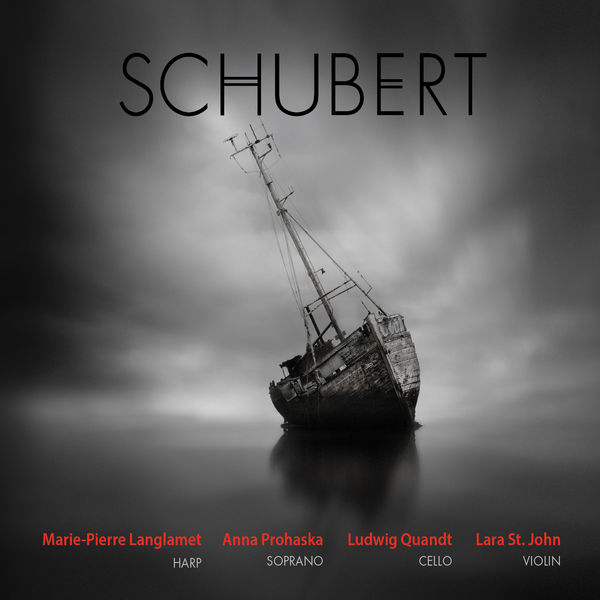
Marie-Pierre Langlamet, Anna Prohaska, Ludwig Quandt, Lara St. John – Schubert (2014)
FLAC (tracks) 24 bit/96 kHz | Time – 01:19:16 minutes | 1,29 GB | Genre: Classical
Studio Masters, Official Digital Download | Front Cover | © Ancalagon LLC
Ancalagon Records proudly announces its new SACD release, Schubert, featuring Berlin Philharmonic principal harpist Marie-Pierre Langlamet, Deutsche Gramophone recording artist Anna Prohaska, soprano, Berlin Philharmonic principal cellist Ludwig Quandt, and Lara St. John, violin.
This second recording collaboration between Ancalagon Records and Langlamet gives a portrait of Schubert’s life from early to late in his short, prolific career. Langlamet does not arrange the keyboard parts, but performs them exactly as written by Schubert.
“Had Schubert lived into the era of the double-action pedal harp, I am quite certain he would have written his Harfner songs and Arpeggione sonata to be paired with this instrument,” says St. John, “not to mention the extraordinary aural filigree herein possible with his impromptus and the whirling wheel of Gretchen, spun by Marie-Pierre.”
The disorganized booklet and diverse program may make it hard for potential buyers to tell what they’re getting into with this Schubert program, featuring the (former?) enfant terrible of the violin, Lara St. John. In fact St. John’s performance in the Sonatina for violin and piano, D. 384, is straightforward. The aim seems to be to present a chamber program as it might have occurred in the 19th century, heavy on arrangements for the musicians on hand at the time. The unusual element is the harp, in the person here of Berlin Philharmonic principal Marie-Pierre Langlamet. She appears in an accompanimental role in Schubert’s Gesänge des Harfners, appropriately enough, although this thematic aspect isn’t developed in the rest of the program. She plays several of Schubert’s impromptus solo, with delightful effect. Outside of that there are other chamber pieces, including the Sonata for arpeggione and piano, D. 821. Although it’s time people began to try this out on the instrument for which it was written (reconstructions exist), the combination of cello and harp here catches something of what must have been the flavor. This is something of a mixed bag, but it’s a Schubert recital with a novel idea. —James Manheim, AllMusic
I think it is a sign of a label’s maturity when the focus begins to shift from its artist/founder to shine the spotlight on other performers. Ancalagon, founded by violinist Lara St. John, has slowly been doing this over the last several years, and now this all-Schubert disc arrives, featuring primarily the harpist Marie-Pierre Langlamet of the Berlin Philharmonic, with some other guests as well.
Look closely at the heading and you will see there is no piano listed; in fact these arrangements were done by Langlamet substituting the harp for piano in each piece. Schubert of course would never have heard such a thing at that point in musical history, though one doubts that he would have protested. Like most composers of the age, his interest was more in getting performances that in taking any sort of rigorous attitude towards instrumentation. Nonetheless, it is also quite legitimate to ask whether he would have reconsidered the piano part if he had known it would be played by a harp. The reasons are varied, but mainly because of timbre, length of decay, and articulation. In some cases on this recital, the three Impromptus for example, I miss the sort of pathos and darkened energy that someone like Lambert Orkis brings to the table on his fortepiano recording for Virgin Classics, or even Annie Fischer’s old EMI on a modern grand, which finds a delicate balance between assertiveness and Schubertian reserve. This is not to say that Langlamet’s performance lacks musicality—far from it! The harp brings a sort of dreamy world-weariness to the music that might not be what Schubert was thinking about, but is surely well within the realm of his romantic ethos. And the technical facility needed for this is quite amazing.
In fact, I find that I cannot review anything on this SACD without reference to the quality and nature of the harp—it colors and influences each piece in sometimes surprising and always interesting ways, even while deepening our appreciation of what this music really means. I doubt that this recording will serve as a first choice for any of these works primarily because it is rather innovative in concept if not out-of-bounds from a purely musicological aspect. Nor do I think it is intended to do this; rather it is a display of four remarkable musicians who see no reason why their instruments of choice should prevent them from engaging a composer whom they all obviously love, and presenting us with purely absolute musical renditions divorced from historicist components and embracing the idea of music as a living force sans limitations imposed for the sake of “correctness”.
A good example is one of Schubert’s greatest chamber compositions, the “Arpeggione” Sonata, written for a new six-stringed musical instrument, fretted and tuned like a guitar, but bowed like a cello, and that had a shelf life of about a decade. So here the sonata is played in both parts by a replacement and because of this the variety of colors and resonance is quite enlivening. I will never part with my RCA recording with violist Yuri Bashmet, surely the greatest recording this piece has received, but this one is an eye-opener, cellist Ludwig Quandt giving his all to the work in a fine reading. The Sonatensatz Trio, one of the composer’s earliest (he was a teen when it was created) is lusty and lively, with all the energy one perceives was present in Schubert’s blossoming imagination. The nineteen-year-old Schubert was still finding his bearings when he composed his violin Sonatina, in fact a true sonata, but caught in the worlds of Haydn and Mozart, lovely, balanced, and fluidly lyrical, played with grace and purity here.
I am still reeling over the recent release Behind the Lines by Anna Prohaska, recently reviewed here. So it was a nice surprise to hear her in Schubert, having spent most of my time listening to her Baroque recordings and a stunning video Lulu (in excerpts) at the Salzburg Festival a few years ago. Based on this, and the harp serves as an excellent foil to her creamy yet assertive soprano, she has a great future as a model Schubert singer, never giving him short-shrift in terms of the drama and passion required, yet able to bring certain angst to the dramatic imperatives present in every bar. Nicely done all around.
As I have said before, Ancalagon continues to demonstrate first rate production values present in high class and informative booklets with texts and translations, and superior as-good-as-you-can-get SACD surround sound. This recital, redolent of the type of soiree that Schubert engaged in so often, will provide a boatload of pleasure. —Steven Ritter, Audiophile Audition
Tracklist:
01. Marie-Pierre Langlamet, Anna Prohaska, Ludwig Quandt, Lara St. John – Gesänge des Harfners aus “Wilhelm Meister”, Op. 12, No. 1, D. 478 – I. “Wer sich der Einsamkeit ergibt” (Sehr langsam) (03:16)
02. Marie-Pierre Langlamet, Anna Prohaska, Ludwig Quandt, Lara St. John – Gesänge des Harfners aus “Wilhelm Meister”, Op. 12, No. 2, D. 480 – II. “Wer nie sein Brot mit Tränen aß” (Langsam) (03:49)
03. Marie-Pierre Langlamet, Anna Prohaska, Ludwig Quandt, Lara St. John – Gesänge des Harfners aus “Wilhelm Meister”, Op. 12, No. 3, D. 479 – III. “An die Türen will ich schleichen” (Mäßig, in gehender Bewegung) (02:03)
04. Marie-Pierre Langlamet, Anna Prohaska, Ludwig Quandt, Lara St. John – Sonatina for Violin and Piano in D major D384 Op.137 – I. Allegro molto (04:41)
05. Marie-Pierre Langlamet, Anna Prohaska, Ludwig Quandt, Lara St. John – Sonatina for Violin and Piano in D major D384 Op.137 – II. Andante (04:13)
06. Marie-Pierre Langlamet, Anna Prohaska, Ludwig Quandt, Lara St. John – Sonatina for Violin and Piano in D major D384 Op.137 – III. Allegro vivace (04:10)
07. Marie-Pierre Langlamet, Anna Prohaska, Ludwig Quandt, Lara St. John – Impromptu D899 Op.90 No.2 in E flat major (05:14)
08. Marie-Pierre Langlamet, Anna Prohaska, Ludwig Quandt, Lara St. John – Impromptu D899 Op.90 No.3 in G flat major (06:14)
09. Marie-Pierre Langlamet, Anna Prohaska, Ludwig Quandt, Lara St. John – Impromptu D899 Op.90 No.4 in A flat major (07:42)
10. Marie-Pierre Langlamet, Anna Prohaska, Ludwig Quandt, Lara St. John – Gretchen am Spinnrade D118 (03:39)
11. Marie-Pierre Langlamet, Anna Prohaska, Ludwig Quandt, Lara St. John – Arpeggione Sonata in A minor D821 – I. Allegro moderato (08:43)
12. Marie-Pierre Langlamet, Anna Prohaska, Ludwig Quandt, Lara St. John – Arpeggione Sonata in A minor D821 – II. Adagio (04:08)
13. Marie-Pierre Langlamet, Anna Prohaska, Ludwig Quandt, Lara St. John – Arpeggione Sonata in A minor D821 – III. Allegretto (09:57)
14. Marie-Pierre Langlamet, Anna Prohaska, Ludwig Quandt, Lara St. John – Piano Trio in B-Flat Major, D. 28 “Sonatensatz” – Allegro (07:22)
15. Marie-Pierre Langlamet, Anna Prohaska, Ludwig Quandt, Lara St. John – Ungarische Melodie D817 (03:57)
Personnel:
Marie-Pierre Langlamet, harp
Anna Prohaska, soprano
Ludwig Quandt, cello
Lara St. John, violin
Download:
https://hexload.com/x64kcgg3pilw/MariePierreLanglametAnnaPr0haskaLudwigQuandtLaraSt.J0hnSchubert20149624.part2.rar
https://xubster.com/5aedhpc7b679/MariePierreLanglametAnnaPr0haskaLudwigQuandtLaraSt.J0hnSchubert20149624.part1.rar.html
https://xubster.com/h6umtyrltwb2/MariePierreLanglametAnnaPr0haskaLudwigQuandtLaraSt.J0hnSchubert20149624.part2.rar.html



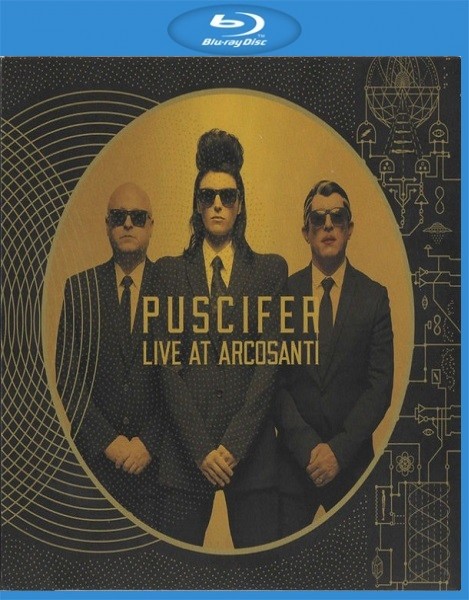

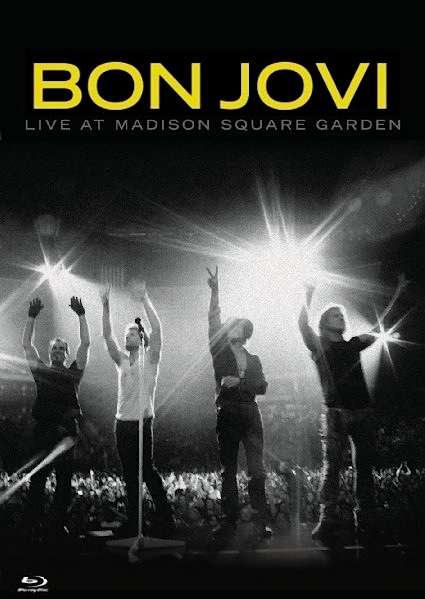
![Tatiana Samouil, David Lively, Marie-Pierre Langlamet, Lise Berthaud, Claire Désert – Debussy: Sonates, danses et rhapsodies (2018) [Official Digital Download 24bit/44,1kHz]](https://imghd.xyz/images/2023/10/13/jxq6dc9n881ia_600.jpg)
![Martin Löhr & Marie-Pierre Langlamet – Fauré & Schumann (2021) [Official Digital Download 24bit/96kHz]](https://imghd.xyz/images/2023/06/23/f9tcdkuhkfkjc_600.jpg)
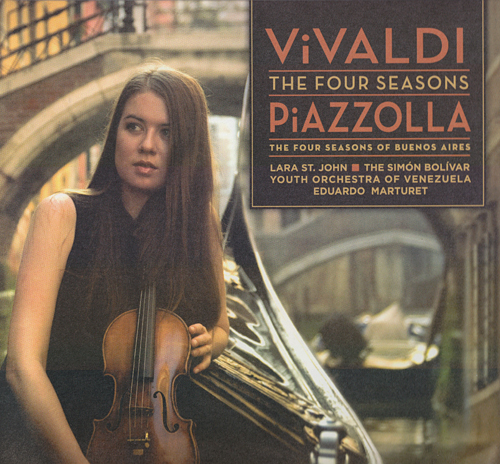
![Anna Prohaska, Patricia Kopatchinskaja & Camerata Bern – Maria Mater Meretrix (2023) [Official Digital Download 24bit/96kHz]](https://imghd.xyz/images/2023/05/05/zt615ui54y1cc_600.jpg)
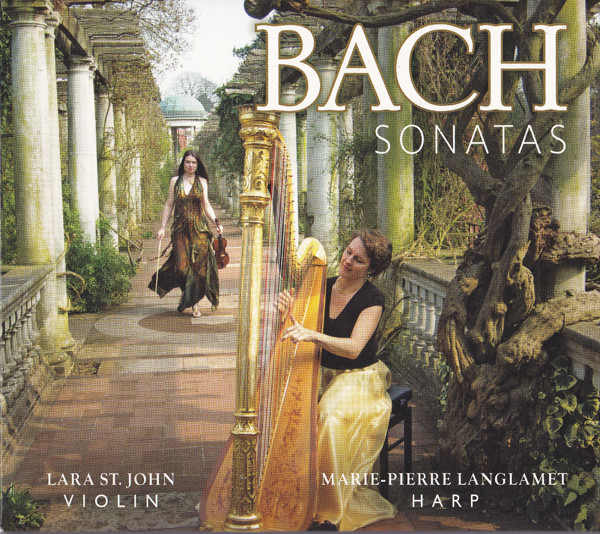
![Anna Prohaska, Isabelle Faust – György Kurtág: Kafka-Fragmente (2022) [Official Digital Download 24bit/96kHz]](https://imghd.xyz/images/2022/09/19/w24ew6oo339cb_600.jpg)
![Anna Prohaska, La Folia Barockorchester, Robin Peter Müller – Celebration of Life in Death (2022) [Official Digital Download 24bit/48kHz]](https://imghd.xyz/images/2022/03/29/fd5gc4vbg5gua_600.jpg)
![Anna Prohaska, Il Giardino Armonico, Giovanni Antonini – Serpent & Fire: Arias for Dido & Cleopatra (2016) [Official Digital Download 24bit/48kHz]](https://imghd.xyz/images/2022/06/25/ov7tuldk9cykb_600.jpg)
![Anna Prohaska, Julius Drake – Paradise Lost (2020) [Official Digital Download 24bit/96kHz]](https://imghd.xyz/images/2022/06/25/xdbinpe4fs1fc_600.jpg)
![Anna Prohaska, Lautten Compagney, Wolfgang Katschner – Bach: Redemption (2020) [Official Digital Download 24bit/96kHz]](https://imghd.xyz/images/2022/06/25/se80xytwr7vub_600.jpg)
![Akademie für Alte Musik Berlin, Bernarda Fink & Anna Prohaska – Pergolesi: Stabat Mater (2020) [Official Digital Download 24bit/44,1kHz]](https://imghd.xyz/images/2022/06/04/i7z19ifvkpqha_600.jpg)